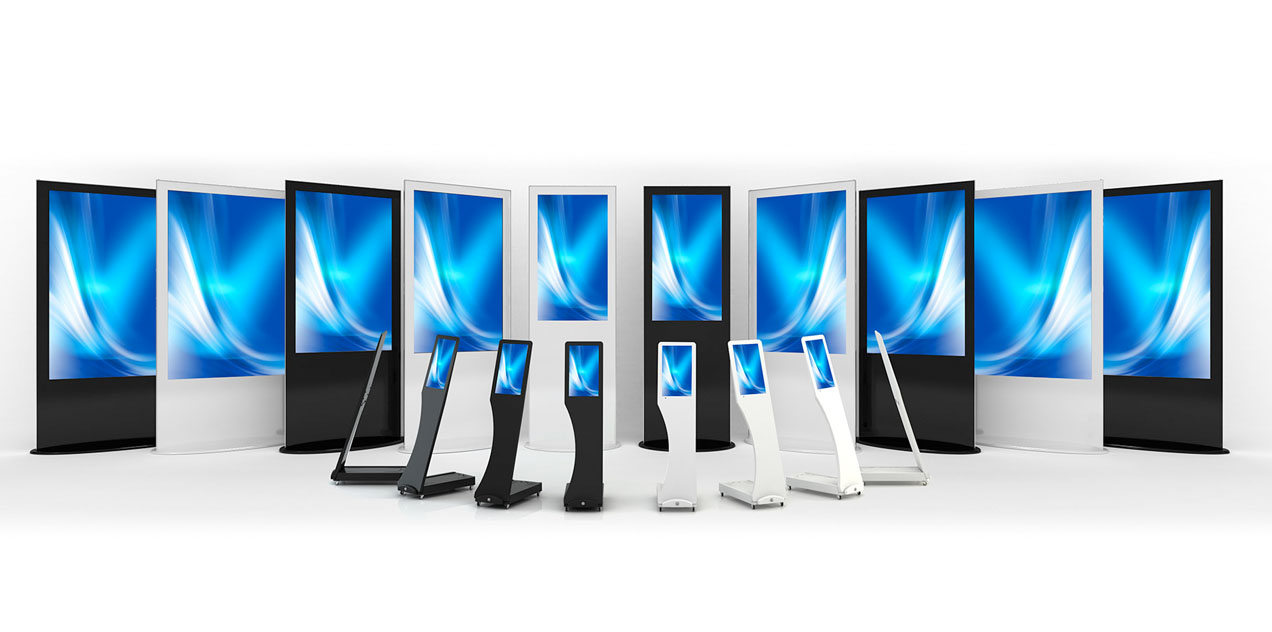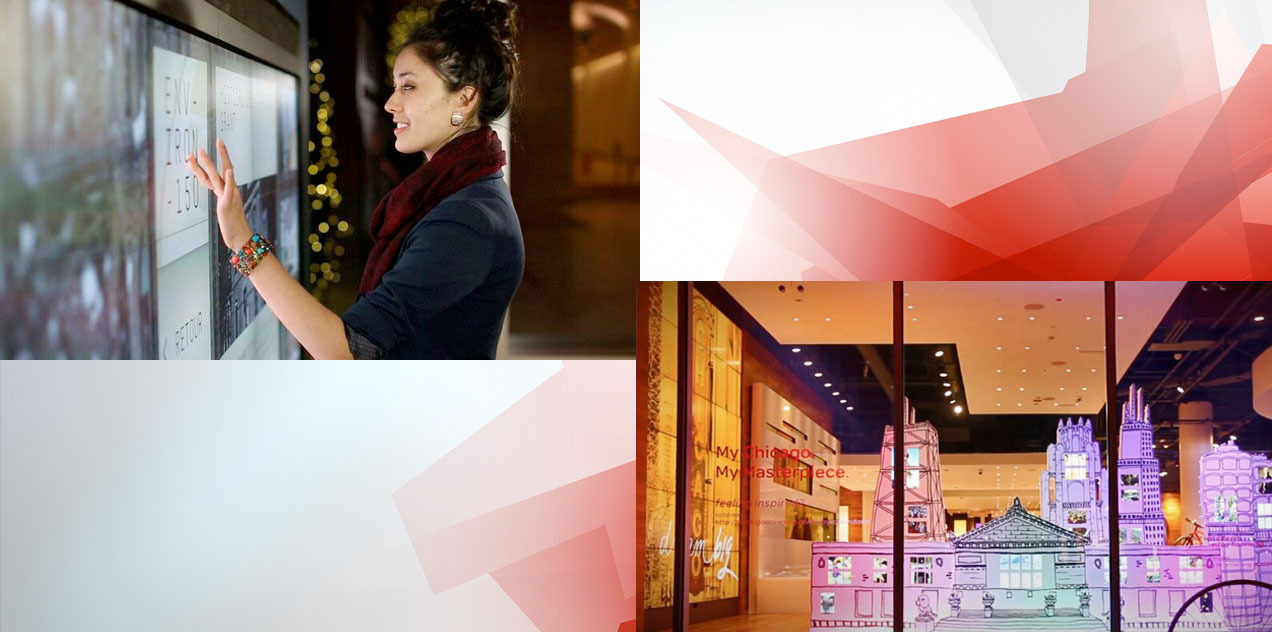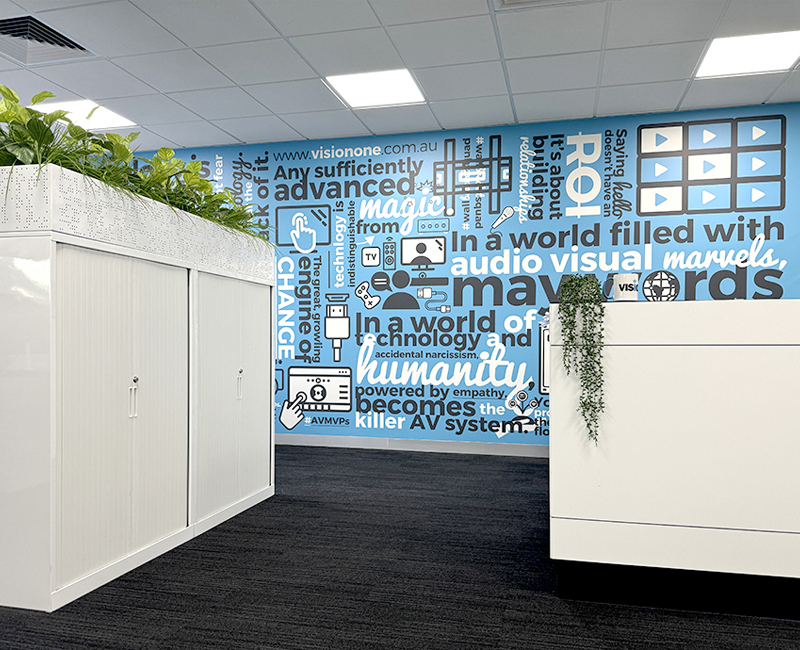3 Reasons to Use Interactive Digital Signage
The following article has been re-posted from digitalsignagetoday.com No matter what industry you use it...
Art and Interactivity Painting a New Digital Signage Experience
As digital signage is an inherently visual medium, graphics and animations are increasingly used to...











